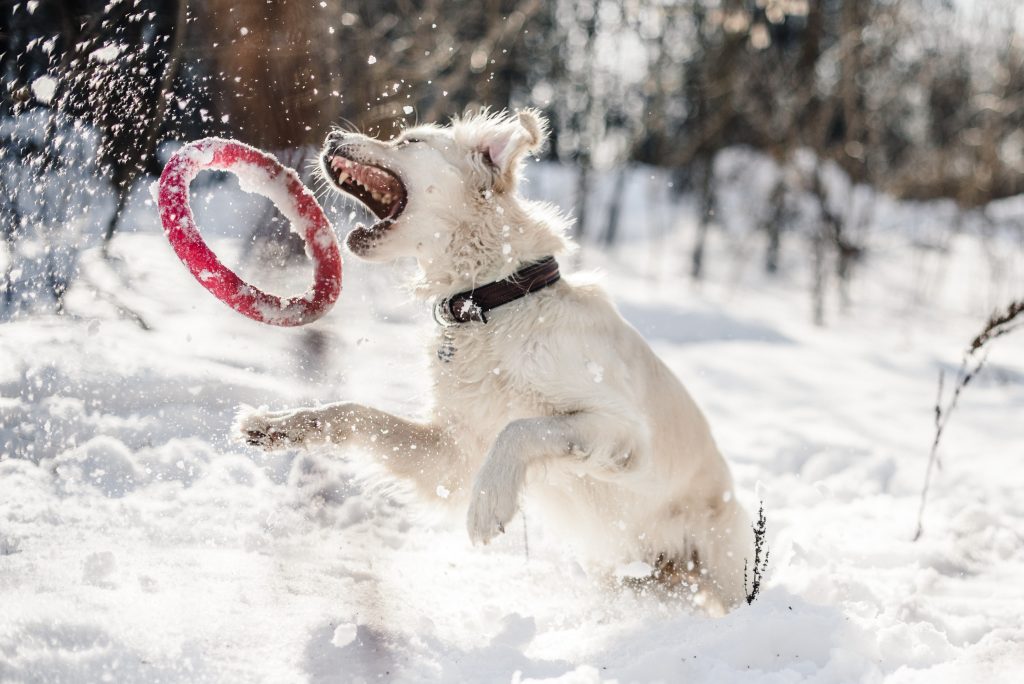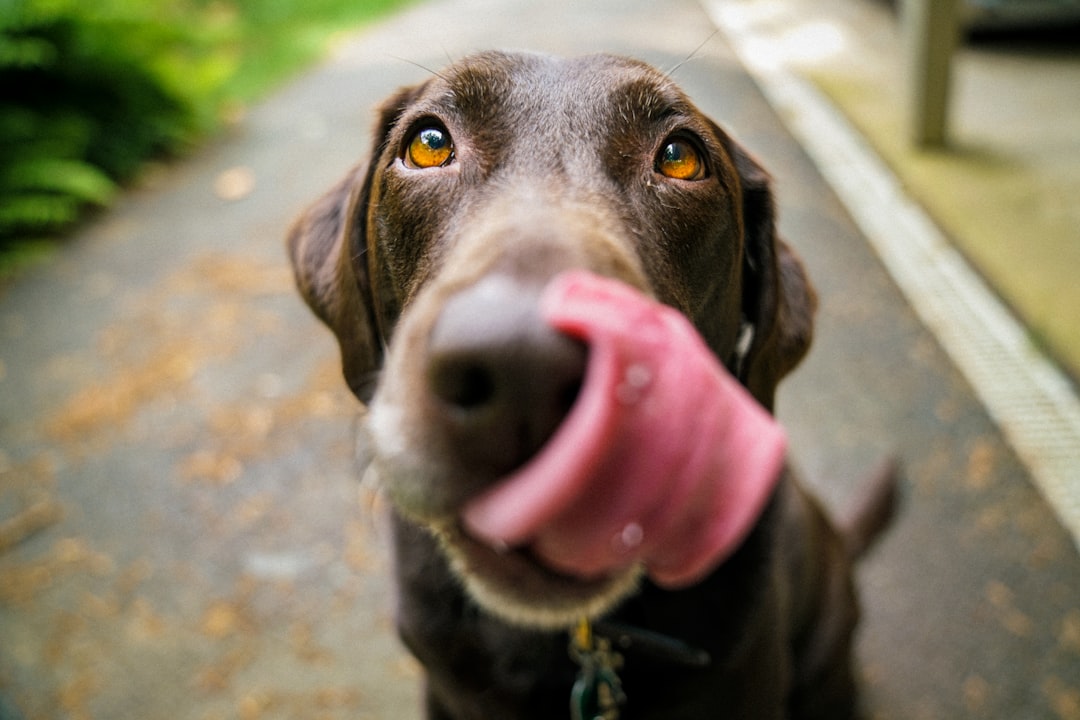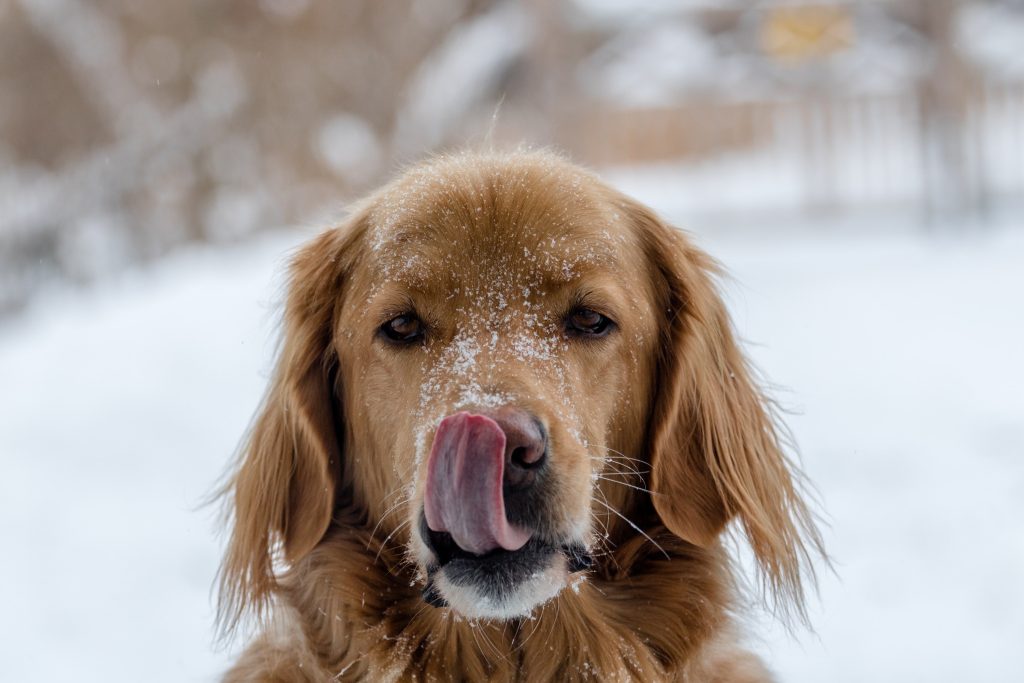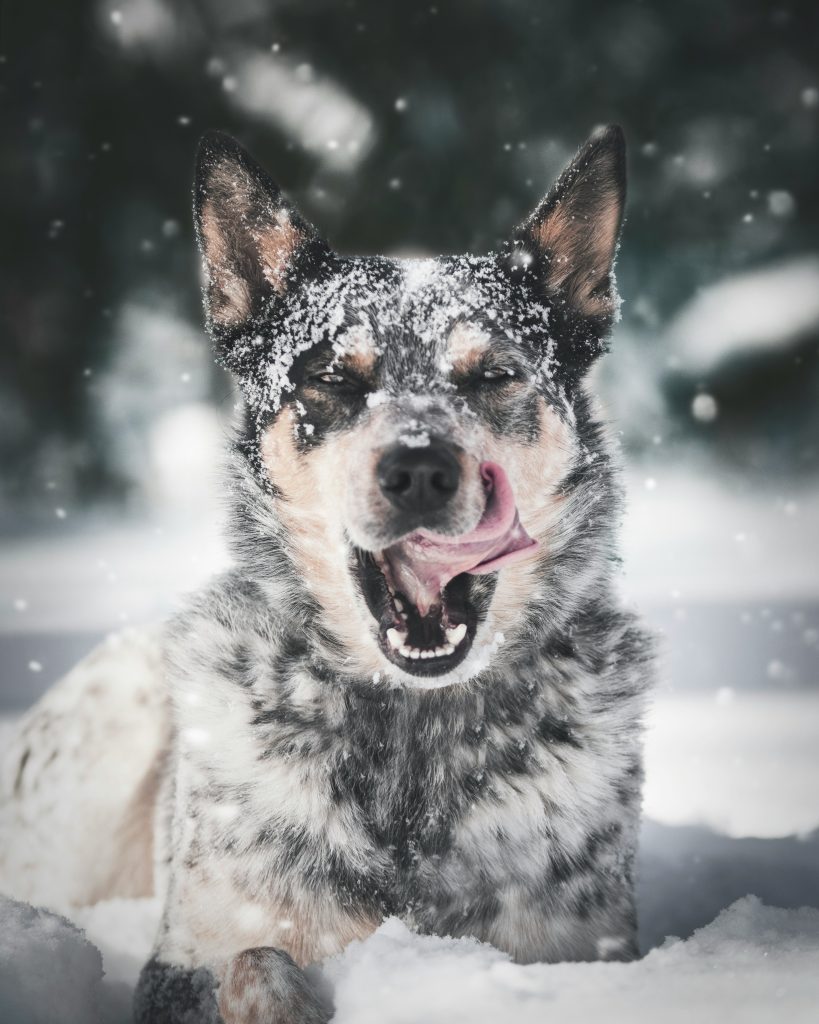Learn how to keep your dog physically and mentally active during the winter months with indoor exercise and fitness activities, including puzzle games, obedience drills, and DIY indoor agility courses, to prevent obesity and joint issues while strengthening the bond with your furry friend.

Importance of Indoor Exercise and Fitness for Dogs in Winter
Maintaining dogs’ physical activity and fitness during the winter months is essential for their overall health and well-being. Regular indoor exercise not only contributes to prolonging a dog’s life but also helps prevent obesity and joint issues. For example, engaging in activities such as tug of war, puzzle games, and indoor fetch can provide the necessary physical stimulation to keep a dog healthy and fit. Moreover, these indoor activities also play a vital role in building trust between the dog and its owner, strengthening the bond and communication between them [1][2].
Understanding the exercise needs of dogs in winter is crucial as it directly impacts their health. Dogs require 1-2 hours of exercise per day, and this requirement varies based on their breed, life stage, and health. For instance, high-energy breeds such as Border Collies and Labrador Retrievers may need more exercise to keep them mentally and physically engaged, while senior dogs or those with health issues may require a more tailored and gentle exercise routine. By recognizing and addressing these variations, dog owners can ensure that their pets receive the appropriate level of physical activity to support their overall well-being [1].
 Understanding the Exercise Needs of Dogs in Winter
Understanding the Exercise Needs of Dogs in Winter
It’s essential to recognize that the exercise needs of dogs in winter are not one-size-fits-all. The amount of exercise a dog requires can vary significantly based on various factors, including their breed, age, size, and overall health. For example, high-energy breeds such as Border Collies and Dalmatians may need more physical activity to stay mentally and physically stimulated during the winter months, while senior dogs or those with health issues may require a more tailored and gentle exercise routine to prevent injuries and discomfort [1].
In addition to the physical aspect, understanding a dog’s exercise needs also involves recognizing the mental stimulation required to keep them engaged. Mental stimulation is just as crucial as physical activity for a dog’s overall well-being, especially during the winter when outdoor activities may be limited. For instance, puzzle games and interactive toys can provide mental enrichment, preventing boredom and potential behavior issues that may arise from being cooped up indoors for extended periods. By understanding and meeting these exercise needs, dog owners can ensure that their pets remain healthy, happy, and well-adjusted throughout the winter season [1].

Indoor Activities for Dogs in Winter
In the winter months, it’s crucial to ensure that dogs remain physically active to maintain their overall health and well-being. The significance of indoor activities for dogs cannot be overstated, as they provide an opportunity to keep dogs engaged and prevent the onset of health issues associated with inactivity during the colder season. Engaging in activities like tug of war, puzzle games, and scavenger hunts not only keeps dogs physically active but also provides mental stimulation, preventing boredom and its associated behavioral problems [1][2].
For example, implementing indoor obstacle courses using household items can be an excellent way to keep dogs physically and mentally stimulated. These courses can include crawling under chairs, jumping over small hurdles, and weaving through makeshift poles. By varying the setup of the obstacle course, dog owners can keep their pets engaged while targeting different muscle groups and enhancing their balance and coordination. This not only offers physical exercise but also provides mental challenges, keeping the dogs alert and mentally sharp during the winter months.
Furthermore, indoor activities like obedience drills and hide and seek can contribute to building trust and strengthening the bond between the owner and the dog. Engaging in these activities helps dogs understand and follow commands while reinforcing the connection with their owners, which is vital for their overall well-being during the winter months. By incorporating a variety of indoor activities, dog owners can ensure that their pets receive the necessary physical and mental stimulation to thrive even when outdoor exercise is limited [1].
Safety and Considerations for Indoor Exercise
When engaging in indoor exercise with dogs during the winter season, it is crucial to prioritize their safety and well-being. Consulting with a veterinarian before making any changes to a dog’s exercise routine is paramount, especially during the colder months. This is essential because the winter weather can affect a dog’s physical condition and overall health, and a veterinarian can provide tailored advice based on the specific needs of the dog, such as breed, age, and any existing health concerns.
In addition to veterinary consultation, it is important to consider safety measures related to socialization and vaccination. Before taking a dog to a park or engaging in playgroups and daycares, it is vital to check the vaccine requirements to ensure that the dog is adequately protected against potential illnesses or infections. Proper socialization in these environments is crucial for a dog’s mental and emotional well-being, but it should always be done in a safe and controlled manner to prevent any unnecessary exposure to health risks.
Furthermore, using positive reinforcement in obedience classes is not only an effective training method but also contributes to the overall well-being of the dog. Positive reinforcement fosters a trusting and respectful bond between the dog and its owner, creating a positive association with exercise and training. Additionally, it is important to consider any physical ailments or health conditions that may affect a dog’s ability to exercise, especially during the winter. Being mindful of any limitations or discomfort can help prevent injuries and ensure that the indoor exercise activities are enjoyable and beneficial for the dog. Taking these precautions can significantly contribute to a safe and positive indoor exercise experience for dogs during the winter months.

Mental Stimulation for Dogs Indoors
Incorporating mental stimulation activities is equally essential for a dog’s mental and physical health during the winter months. When dogs are kept indoors, they may not have the same level of mental stimulation as they would when playing or exploring outdoors. This can lead to boredom and even behavioral issues. Treat-dispensing toys, such as Kong or interactive feeders, are a great way to keep dogs mentally engaged. These toys require the dog to work for their treats, providing mental enrichment and preventing boredom. For example, a puzzle feeder can be filled with your dog’s favorite treats, and they have to figure out how to manipulate the toy to release the treats, keeping them mentally engaged and entertained.
Snuffle mats are another excellent option for mental stimulation. These mats have hiding spots where you can sprinkle your dog’s kibble or treats. The dog then uses their sense of smell to find the hidden goodies, mimicking natural foraging behavior and providing mental enrichment. It’s a great way to keep your dog entertained and mentally sharp while indoors during the winter months. Additionally, interactive puzzle toys, such as maze balls or treat-dispensing cubes, can keep your dog’s mind active and occupied, preventing boredom and promoting mental well-being.
Creative Ways to Keep Dogs Active Indoors
There are various creative activities that can help keep dogs active and fit indoors during winter. These include DIY indoor agility courses [3], “Doga” or dog yoga, treadmill training, and running with dogs indoors. Each activity offers unique benefits contributing to a dog’s physical and mental well-being, providing an enriching indoor exercise experience.
References:
- [PetMD – Indoor Exercises for Dogs in Winter]
- [Hill’s Pet – How to Keep Dogs Active in Winter]
- [Zoetis Petcare – Indoor Activities for Dogs in Winter]
- [Wellness Pet Food – 8 Ways to Exercise Your Dog When It’s Too Cold to Go Outside]
